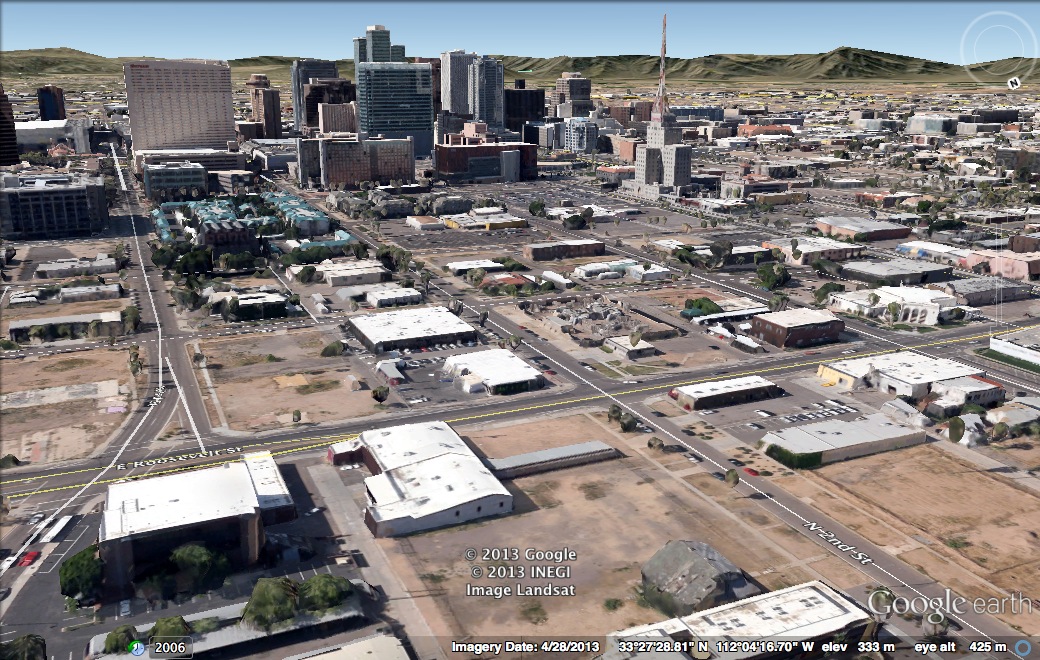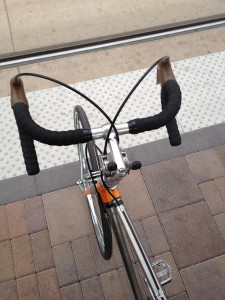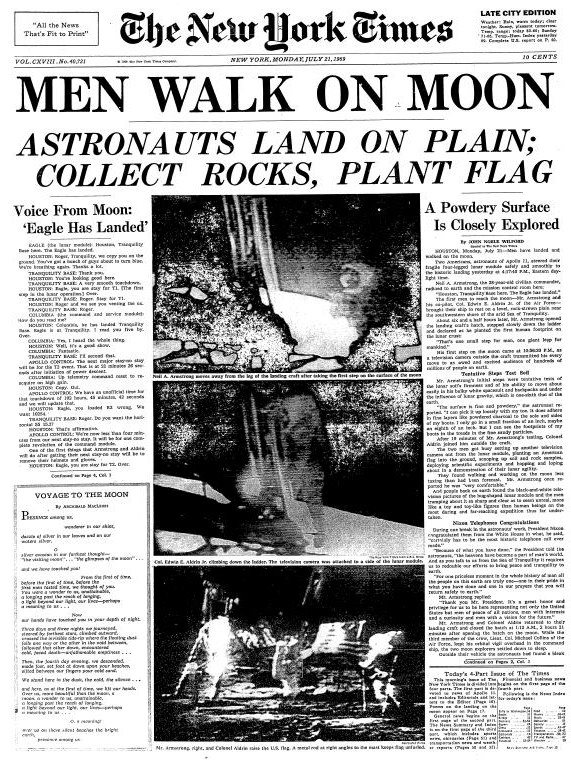In light of the US Supreme Court’s decision on SB 1070, a two-year-old post seems to be relevant yet again.
[author’s note: The following post, originally published 14 May 2010 in the wake of the recent signing into law of Arizona’s SB 1070, is relevant following today’s earlier decision by the US Supreme Court to pre-empt certain portions of the controversial immigration law. SB 1070’s not going away yet, unfortunately, as immigration is an issue that our political leaders would rather use as electoral politics instead of actually doing something.]
 It’s been a few weeks now since SB1070 has been signed into law. Unless you’ve been living in a cave for the past few weeks, you know all the fallout that’s happened from around the state and across the nation. It hasn’t been pretty. There have been calls to boycott Arizona, and some state and city legislatures have introduced measures to boycott Arizona.
It’s been a few weeks now since SB1070 has been signed into law. Unless you’ve been living in a cave for the past few weeks, you know all the fallout that’s happened from around the state and across the nation. It hasn’t been pretty. There have been calls to boycott Arizona, and some state and city legislatures have introduced measures to boycott Arizona.
In all the madness, I’ve been trying to figure out what SB1070 means for me, my community, and greater Arizona. I believe that SB1070 is misguided and does nothing to solve the true issue at hand, immigration reform. I firmly believe that SB1070 was passed because we’ve let fear drive the conversation instead of reasoned, rational debate. As Emerson said, “Fear always springs from ignorance.”
It’s been hard putting words to how I feel. I understand the frustration on the parts of those who support this law. The Federal government has definitely let us all down in passing any sort of immigration reform. I hope that Arizona’s passing of this misguided law is a wake-up call to the Federal government to start a new dialog on immigration. Unfortunately, seeing how this is an election year, I’m not holding my breath that a humane, sensible, and comprehensive immigration policy will be passed as candidates will pander to their ever-increasingly polarized sides.
I know that it’s all too easy to say that the law will only impact those who aren’t legally in this country. I believe that this will impact everyone. It has only raised the already-heightened sense of fear in the community. Those who support the law have publicly squirmed when they try to come up with criteria besides skin color of what an “illegal immigrant” might look like. We have a sheriff that goes on media blitzes to brag about how many undocumented immigrants he and his office have apprehended. Laws like SB1070 will only further enable him to do that.
I’m not writing this to downplay the issue of undocumented immigration in Arizona. It is a big deal. For too long, it seems like we’ve let this issue slide because there was enough resources to help immigrants and because we recognized the positive effects they’ve had on the economy. Only now are we realizing that operatives of drug cartels are operating in the local schools. Now that Arizona’s economy is in a nosedive, the state legislature and a somewhat silent citizenry are scapegoating the immigrant community for these problems. It’s their fault that Arizona is losing money. It’s their fault that crime is on the rise. It’s not our fault, it’s their fault.
It seems like an excuse to pass this law is the increased border violence, drug transportation, and its localized crime. If this is the case, why was there not an element in the law deploying the Arizona Army National Guard to the border area to defend against this criminal element? Why are we focusing on people who are here already instead of stopping the real threat to our safety and security? The framers of this bill have said that we want safer communities and that this will help mitigate the criminal element inherent in immigration. So why, then, are we focusing on those who have innocently set up their lives here to escape the violence and bloodshed in their homeland instead of those committing the violence and bloodshed?
One has to understand that it is a small percentage of the total immigrant population that is giving everyone a bad name. The media and its unchecked commentators are quick to highlight on a few stories that prove their points. We were spoon-fed stories about a southern Arizona rancher allegedly being murdered by an immigrant yet evidence is now emerging that an American citizen is the alleged suspect. We hear of a rise in crime, but that crime is usually localized and insider crime that is tied to smuggling. It’s not random. As Dean Nicholas Knisely+ of Trinity Episcopal Cathedral wrote in an essay on this very topic, “There are some very bad people coming across the border. There are also many people desperate to find work coming across as well, because the crushing poverty in their home communities makes [it] impossible to feed and care for their families.”
There have been many parallels drawn that connect Arizona to Nazi Germany. As an Arizonan, I’m offended. Nobody likes their home state compared to a brutal régime that systematically killed millions of Jews. Yet that does not mean that I’m oblivious to these parallels. Those who support this law say that those who are here with the appropriate paperwork have nothing to hide. But this now means that entire groups of people will now have to carry with them the appropriate papers to show that they are either citizens or immigrants in the country legally.
I’ve been convinced that SB1070 will never actually go into effect because there are a multitude of legal challenges and injunctions that will be filed against it. I hope this is the case. I’m a proud Arizonan and I don’t like that my home state, the state in which I was born, is the butt end of jokes. The Arizona in which I live is open, welcoming, and tolerant of other peoples. The Arizona that is unfortunately being portrayed to the media is a xenophobic, old, and rancorous state.
For those who care about this state, we’ve been let down. We’ve been let down by a state legislature that passes policies blaming one group of citizens for the state’s troubles. We’ve been let down by politicians that put their careers before their constituents. We’ve been let down by a federal government that has neglected to address immigration reform thus enabling states to pass draconian laws such as these. We’ve been let down by the media that is using opinions as the basis for facts and not vice versa.
I’ve publicly debated on this blog whether or not I’ll stay in Arizona once I’ve finished my Master’s degree. I think that now is the time that I should stay here and fight to change Arizona to be the Arizona in which I want to live. The quotation by Mohandas Gandhi is increasingly pertinent: “We need to be the change we wish to see in the world.”
We need change. Desperately. But that change has to be relevant, humane, sensible, and comprehensive.
 In the interest of full disclosure…
In the interest of full disclosure…
 I’m proud of the team that we’ve assembled for this campaign. We are all neighborhood, community, and civic leaders that get this city and have a passion to make it even greater. We have G.G., a longtime advocate for the Encanto-Palmcroft neighborhood and tireless advocate for preserving the quality of life in all Phoenix neighborhoods. Cyndi is from the Osborn Block Watch and is working with our western Phoenix neighbors to reduce crime and make sure our youth have better opportunities available for them. Blanca, a longtime voice for the Pasadena neighborhood, has led the fight against unwanted businesses intruding their neighborhoods. Mike is the former President of ArtLink and one of the first to do an infill project in Phoenix. Linda-Marie has helped us reach out to all of the neighborhoods in our district and has provided her voice for a couple of our calls. I’m (
I’m proud of the team that we’ve assembled for this campaign. We are all neighborhood, community, and civic leaders that get this city and have a passion to make it even greater. We have G.G., a longtime advocate for the Encanto-Palmcroft neighborhood and tireless advocate for preserving the quality of life in all Phoenix neighborhoods. Cyndi is from the Osborn Block Watch and is working with our western Phoenix neighbors to reduce crime and make sure our youth have better opportunities available for them. Blanca, a longtime voice for the Pasadena neighborhood, has led the fight against unwanted businesses intruding their neighborhoods. Mike is the former President of ArtLink and one of the first to do an infill project in Phoenix. Linda-Marie has helped us reach out to all of the neighborhoods in our district and has provided her voice for a couple of our calls. I’m ( My friend Taz Loomans, the writer and former Phoenician, wrote a
My friend Taz Loomans, the writer and former Phoenician, wrote a 

